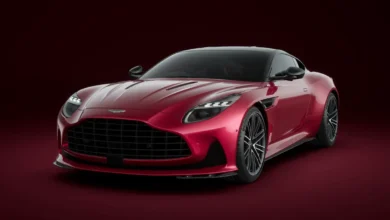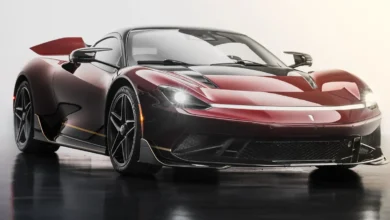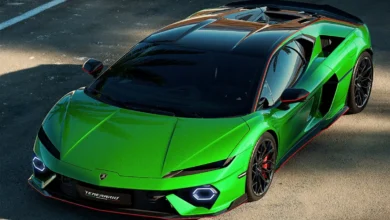De Tomaso P72: The $2M Retro-Futuristic Supercar That Roars Like a Space-Age Time Machine
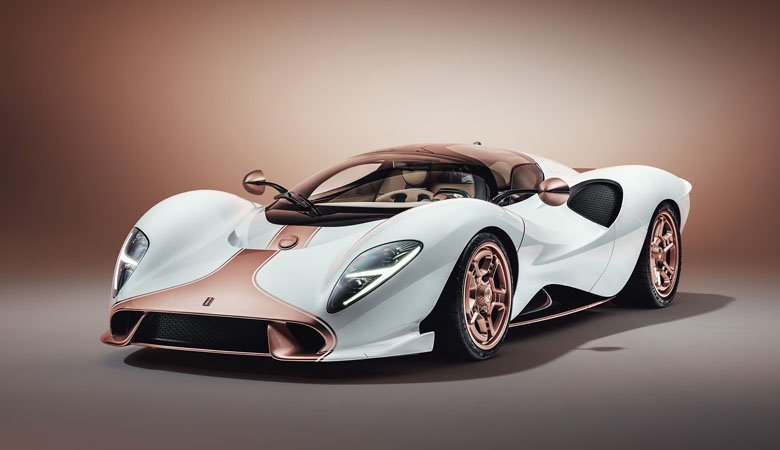
The De Tomaso P72 isn’t just a car—it’s an experience. It’s a work of automotive art that combines 1960s design language with modern engineering accuracy, encased in a limited-production, ultra-exclusive supercar. While its striking exterior, hand-finished cabin, and naturally aspirated V8 powerplant demand attention, it’s the key and start-up ritual that’s turning heads among enthusiasts.
This article delves into the P72’s unique igniting mechanism, the retro-meets-future design aesthetic, and why this $2.1 million machine redefines mechanical romanticism in an age dominated by touchscreen ease.
The De Tomaso P72: A Legacy Reimagined
An Italian brand, De Tomaso has been around since 1959 and is famous for legendary motorcycles like the Pantera. In 2019, the brand was brought back to life under new ownership after a long break. They debuted the P72, a modern take on the 1965 P70 prototype. Limited to just 72 units, the P72 is built to commemorate De Tomaso’s 60th anniversary—and it doesn’t disappoint.
The P72 is not just a tribute to the past; it’s a symbol of resistance against the increasingly digital, disconnected nature of modern driving. It offers a manual gearbox, analog dials, and a three-step key sequence that feels more like launching a spacecraft than starting a car.
The Ritual: A Theatrical Start-Up Process
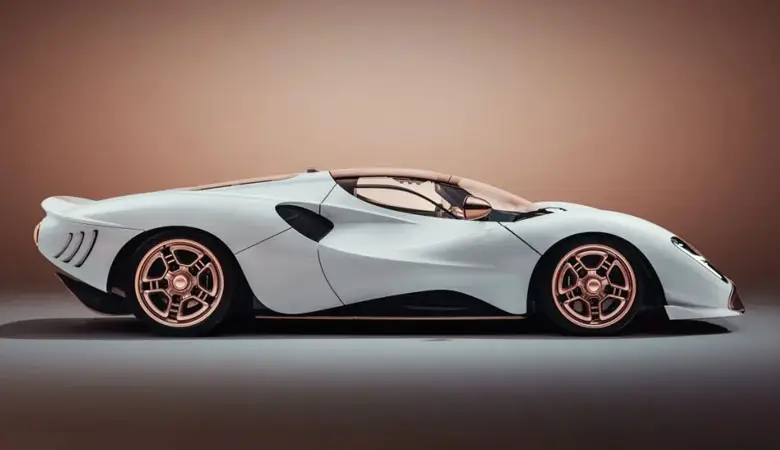
In an age where most supercars use proximity sensors and push-button starts, the De Tomaso P72 reclaims the lost joy of ceremonial engagement with the machine.
Step-by-Step Breakdown of the Ritual:
- Insert the Key Fob on the Center Console
The first step involves placing the P72’s bespoke leather-wrapped key fob into a slot atop the exposed gear linkage. This action alone signals you’re about to do something special. - Remove and Reinsert the Key into the Steering Column
Once inserted and pressed down, you remove the key and move it to a traditional-style ignition slot located on the steering column—a nod to vintage race cars. - Press the Engine Start Button
Finally, you press the start button, which awakens the 5.0-liter V8 engine in a sonorous growl that echoes through the carbon fiber monocoque like a symphony.
Each movement is deliberate, tactile, and slow—drawing the driver into a state of mental focus rarely seen in today’s automated driving world.
Why This Ritual Matters in 2025 and Beyond
1. Sensory Connection to the Car
Unlike modern cars that start with a button press and a silent hum, the P72 ensures that the act of ignition is felt, heard, and respected. It forces you to slow down and engage, building anticipation and heightening the driving experience before the first rev.
2. Return to Analog Driving
By removing digital distractions and replacing them with physical controls, switches, and levers, the P72 promotes a mechanical bond between driver and machine. The car asks for your attention and rewards it with unmatched presence and feel.
3. A Statement of Craftsmanship
Everything about the P72’s key ritual—from the leather-wrapped fob to the engine response—is a statement of luxury craftsmanship. This is a car designed by artisans, not algorithms.
Under the Hood: Performance That Matches the Drama
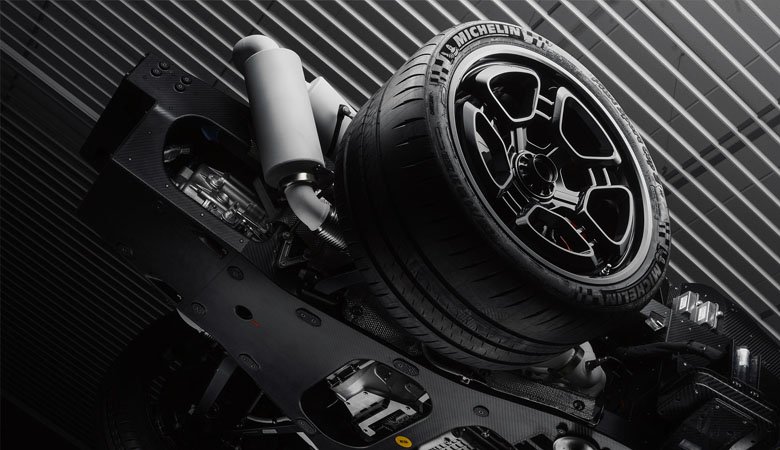
While the start-up sequence is dramatic, the performance figures back up the theater with raw power and engineering excellence.
Key Performance Specs:
- Engine: 5.0-liter supercharged Ford-derived V8, tuned by Roush
- Horsepower: ~700 hp
- Torque: 820 Nm (604 lb-ft)
- Transmission: 6-speed manual with exposed linkage
- Drivetrain: Rear-wheel drive
- Top Speed: Estimated 211 mph (340 km/h)
This isn’t an EV or hybrid—it’s unapologetically powered by a muscular V8 engine, reinforcing the car’s dedication to pure, analog power.
Design Language: A Glorious Ode to the Past
The De Tomaso curvaceous lines echo 1960s Le Mans racers while integrating contemporary aerodynamics and safety elements. Every curve, every vent, and every exposed rivet tells a story of engineering elegance.
Notable Exterior Features:
- Hand-shaped carbon fiber bodywork
- Classic round headlamps with modern LED internals
- Sculpted rear haunches and low-slung stance
- Teardrop glass canopy
The design isn’t just beautiful—it’s functional, wrapping around the engine bay and interior to create aerodynamic efficiency and a driver-centric silhouette.
Interior: Handcrafted Heritage
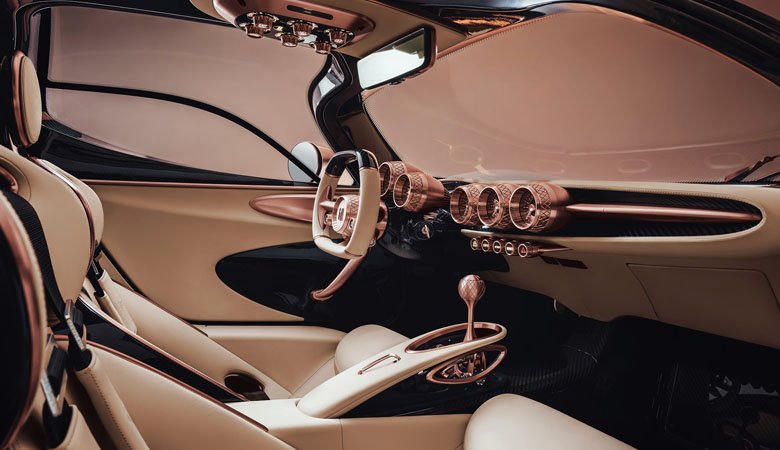
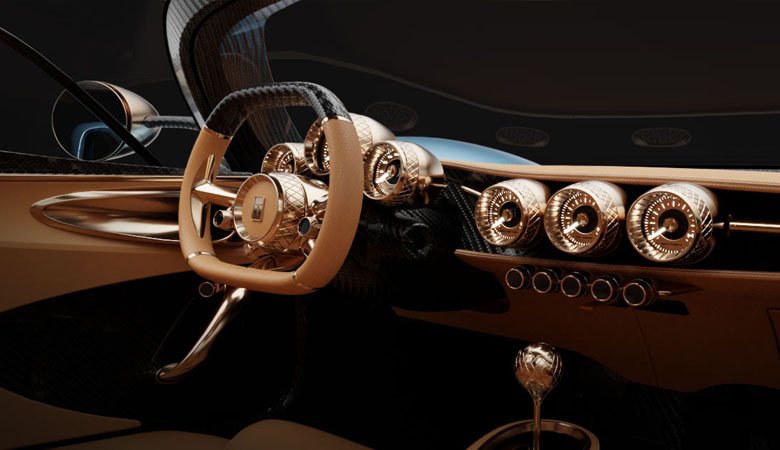
Stepping into the P72 transports you to a another time. Forget massive infotainment screens and haptic controls—this cockpit is a cathedral of analog craftsmanship.
Interior Highlights:
- Polished aluminum toggle switches
- Hand-stitched leather throughout the cabin
- Analog chronograph-style gauges
- Jewel-like instrument bezels
- Visible gear linkage (like a sculpture in motion)
The exposed mechanicals, especially the shift linkage, are placed intentionally in the line of sight, celebrating the inner workings of the vehicle as part of the design.
Built for Drivers, Not Algorithms
In an age of self-driving cars and artificial intelligence, the De Tomaso P72 defies the trend. It refuses to include lane-keeping assist, adaptive cruise control, or digital infotainment.
This is a car built for:
- Driving Purists
- Collectors
- Automotive Traditionalists
- Design Enthusiasts
The idea is simple: driving should engage all your senses, not automate them away.
Limited Production: An Instant Collector’s Item

Only 72 instances of the De Tomaso P72 will be constructed, making it one of the most exclusive hand-made supercars in contemporary history. With a starting price around $2.1 million, it is a bespoke masterpiece, and each car will be tailor-made to its owner’s preferences.
Buyers can select everything from:
- Paint finishes
- Leather interiors
- Stitching colors
- Wheel designs
This personalization process extends the emotional bond drivers will form even before the key ritual begins.
The Symbolism Behind the Ritual
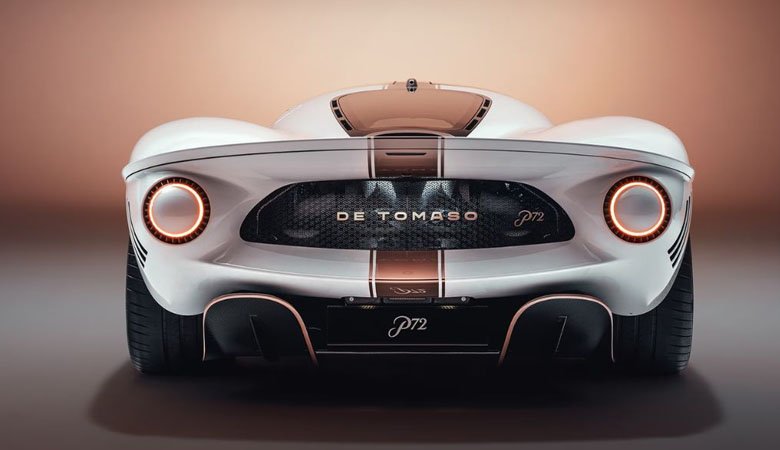
Every part of the P72’s ignition ritual is symbolic:
- Inserting the fob? Your bond with the machine begins.
- Transferring it to the wheel? You’re in command.
- Pressing start? You’re about to create art on wheels.
It’s not just about starting a car. It’s about initiating a relationship.
De Tomaso’s Vision for the Future
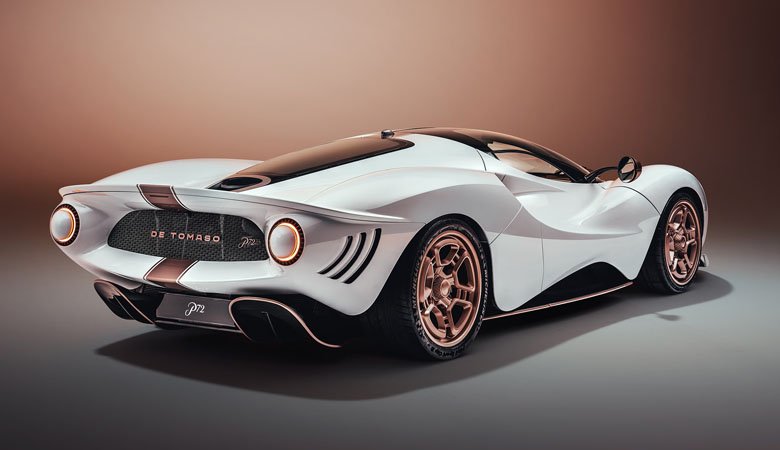
The P72 is just the beginning. De Tomaso has hinted at expanding its lineup, but each new model is expected to carry the same analogue philosophy—prioritizing human engagement over software dependency.
By reviving a legacy brand and staying true to its roots, De Tomaso is not just selling a product; it’s selling a perspective. One that believes cars can be more than transport—they can be transcendent experiences.
Also Read: Mercedes-AMG GT XX Shocks the World: 1,340-HP Electric Beast Sets New Supercar Standard
Final Thoughts: An Icon in the Making
In an industry chasing digital dominance, the De Tomaso P72 dares to be analog—and that makes it revolutionary. From its jaw-dropping looks and thunderous V8 to its painstakingly crafted start-up ritual, the P72 is more than just a car. It’s a reminder of why we fell in love with cars in the first place.
It’s the future, seen through the lens of the past—and that’s exactly what makes it timeless.


